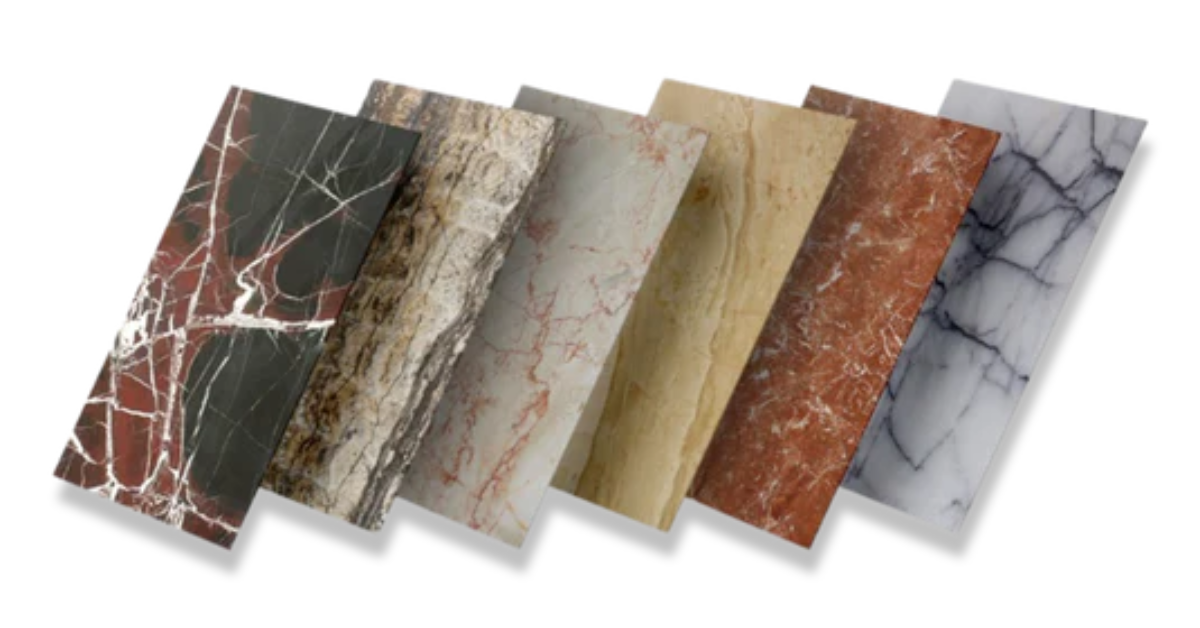Understanding Marble Stone Prices: Factors, Trends, and Considerations
Marble is one of the most luxurious and timeless stones used in the world of architecture and interior design. Its natural beauty, elegance, and versatility make it a top choice for homeowners, designers, and builders alike. Whether you’re looking to enhance the aesthetics of your home or create a striking commercial space, marble is an excellent investment. However, like any other material, its price can vary greatly depending on several factors. In this article, we will explore the different aspects that influence Marble Stone Price what to expect, and how to make an informed decision when purchasing this remarkable material.
What Affects Marble Stone Prices?
Marble stone prices can fluctuate based on several key factors. Understanding these elements will help you gain insight into the pricing structure and allow you to make better purchasing decisions.
1. Type and Quality of Marble
The type of marble you choose significantly affects its price. There are different varieties of marble, each with its unique characteristics, origin, and aesthetic appeal. Some of the most well-known types of marble include:
-
Italian Marble: Italian marble, especially from regions like Carrara, is known for its fine quality, classic look, and rich veining. This marble tends to be on the higher end of the price spectrum due to its premium quality and luxurious appeal.
-
Indian Marble: Indian marble is a more affordable option, but it still offers excellent durability and beauty. The pricing of Indian marble depends on the specific quarry it’s sourced from and the quality of the stone.
-
Spanish and Turkish Marble: These types of marble are also popular and can vary in price, generally falling between Italian and Indian marble in terms of cost.
The quality of marble plays a crucial role in determining its price. High-quality marble that has fewer imperfections and more consistent color and texture will generally cost more than lower-quality stone. Marble with intricate patterns, striking colors, and unique veining will also demand a premium price.
2. Size and Thickness of the Slab
Another important factor that affects the price of marble is the size and thickness of the slab. Larger slabs of marble are typically more expensive due to the higher cost of extraction and transportation. Moreover, thicker slabs will usually cost more, as they require more material and labor to process.
If you’re looking to cover a large surface area, such as an entire wall or floor, the cost will naturally increase because of the larger amount of stone required. On the other hand, smaller slabs or tiles, such as those used for countertops or accent walls, may come at a lower price.
3. Finishing and Treatment
Marble can be treated and finished in various ways, including polished, honed, matte, or textured finishes. The finish applied to the marble will directly affect its price. Polished marble, which has a high-gloss surface, is usually more expensive due to the extensive processing required to achieve that shiny, reflective surface. On the other hand, honed or matte finishes are often more affordable because they require less intensive treatment.
If you’re considering additional treatments, such as sealing, anti-stain, or anti-slip coatings, these can add to the overall cost of the marble. However, these treatments can also enhance the durability and longevity of the stone, making them worth the investment for certain projects.
4. Location and Transportation
The origin of the marble and the cost of transportation can also significantly impact the final price. If you’re purchasing marble from a distant quarry, transportation costs can be quite high, especially if the stone needs to be shipped internationally. Marble from local sources is generally more affordable due to lower shipping and handling fees.
Additionally, marble stone prices can vary based on your geographical location. Depending on the region, local suppliers may offer different pricing structures based on supply and demand. If you’re located in an area where marble is abundant, you may find that the price is lower compared to places where it is not as commonly available.
5. Market Demand and Trends
The demand for marble fluctuates over time, and this can influence pricing. In recent years, the popularity of natural stone has increased, particularly in high-end design projects. As demand for marble rises, so too does its price. Seasonal trends can also play a role in the price; for example, certain types of marble may be more in demand during certain seasons or times of the year, causing prices to spike temporarily.
Additionally, the rise of alternative materials like quartz or engineered stone may affect the marble market. When other materials are perceived as more affordable or easier to maintain, the demand for marble may decrease, leading to a drop in price.
How to Get the Best Marble Stone Price
Now that you understand the various factors that influence marble prices, you can take steps to ensure you’re getting the best value for your investment. Here are some tips to help you navigate the marble purchasing process:
-
Do Your Research: Take the time to compare prices from multiple suppliers. Look for reputable sellers who offer high-quality marble at competitive prices.
-
Consider Bulk Purchases: If you’re planning a large project, purchasing marble in bulk may help you negotiate a better price. Many suppliers offer discounts for larger orders.
-
Check for Hidden Costs: Make sure to account for additional costs such as transportation, installation, and treatment fees. Sometimes, the base price of the marble may seem reasonable, but hidden costs can drive up the overall price.
-
Ask About Sample Pricing: If you’re unsure about the specific type of marble you want, ask for sample pricing. This can help you better understand the cost variations between different marble types and finishes.
-
Work with a Professional: Hiring a designer or contractor who has experience working with marble can ensure that you choose the best material for your needs and budget. They can also help with the installation process, ensuring that your marble is properly handled and installed to maximize its lifespan.
Conclusion
Marble stone is a luxurious material that adds a touch of elegance to any space. While its price can vary depending on several factors, understanding these variables will allow you to make an informed decision when purchasing marble for your next project. By considering factors like the type and quality of the stone, size and thickness, finishing options, transportation, and market trends, you can ensure you get the best marble stone price that suits your needs and budget. Whether you choose marble for countertops, flooring, or accent features, investing in this timeless material is a decision that will enhance the beauty and value of your space for years to come.






